As a communication platform for the Volkswagen Group, the Autostadt in Wolfsburg makes it possible to experience the company’s values and the topic of mobility in all its facets. In addition to the world’s largest automotive delivery center, the theme park provides educational opportunities for all age groups, a wide range of events and culture, as well as a varied culinary concept.
The ZeitHaus automobile museum there makes car lovers’ pulses race: there are more than 260 vintage and classic cars from over 60 different brands. Visitors can already see the exhibits from outside and can move around them on over five floors of exhibition area. Exciting details about their revolutionary properties are included. The vehicles exhibited there have set standards.
For us, the conversion with ebm-papst fans was a kind of pilot project. We wanted to find out whether the theoretical calculations for energy savings can also be confirmed in the field.
Patrick Fricke, Technical Object Manager at Autostadt GmbH
While the vintage cars are still fascinating today, the old ventilation system in the museum has outlived its usefulness. The old belt-driven fans are now around twenty years old. With a retrofit, Autostadt GmbH was able to bring the ventilation system back up to date with state-of-the-art technology: “Our main aim was to achieve a saving of almost 30 kW/h or 25 percent with the upgrade to the latest technology,” says Patrick Fricke, Technical Object Manager at Autostadt GmbH.
“For us, the conversion with ebm-papst fans was a kind of pilot project. We wanted to find out whether the theoretical calculations for energy savings can also be confirmed in the field – and which other factors have an influence on the return of investment.”
Reaching the target with up-to-date data
This project was a co-production between Breuell & Hilgenfeldt and WOWI-Wickert Heizungs-, Luft-, und Klimaprodukte GmbH. “For this type of retrofit, it is important to record precise performance data at the beginning,” explains Dieter Hildebrandt from Breuell & Hilgenfeldt. “The more accurate the system data for current use, the better we can select the right ebm-papst fans in order to achieve the desired efficiency later and to predict the expected energy savings as precisely as possible.”
This approach has also been confirmed in the ZeitHaus: Several measurements have shown that the values on the device cards for the old system deviated by five to 10 percent from the current air flow and that the static efficiency value for the system was positively distorted by 15 percent for the intake air, and by as much as 20 percent for the exhaust air. “With our newly measured values, we then used ebm-papst’s FanScout selection software to select a solution with two FanGrids with twelve RadiPac fans on the intake air side and nine on the exhaust air side,” says Hildebrandt.
The savings calculated by Dieter Hildebrandt were even exceeded in the field. Our pilot project was therefore a resounding success.
Patrick Fricke, Technical Object Manager at Autostadt GmbH
Figures that add up
“The savings calculated by Dieter Hildebrandt were even exceeded in the field”, says Fricke. “Our pilot project was therefore a resounding success.” Breuell & Hilgenfeldt, WOWI-Wickert Heizungs-, Luft-, und Klimaprodukte GmbH and Honeywell eliminated additional interference points thanks to the retrofit. For example, the air flows have been optimized using heat exchangers and sound absorbers, reducing the pressure loss and resulting in a reduction in power consumption.
The two FanGrids stabilize the room air. After all, they ensure better inflow for the heat transfer and thus additional power gains. With a power consumption of 6 kW each, the RadiPac fans on the intake air side achieve a total air flow of 79,000 m³/h and the fans for the exhaust air achieve a total power consumption of 69,750 m³/h at a power consumption of 4.45 kW each.
A guaranteed breather
In addition to the fundamental factor in favor of a retrofit, i.e. the energy efficiency, the upgrade achieved much more in the ZeitHaus: The parallel installation of several small fans in a FanGrid increases operational reliability: If there are problems with one fan, the others compensate for the missing power and thus ensure constant operation of the ventilation system.
And one thing must not be forgotten: The bearings of the old fans used to have to be greased regularly. However, the grease contaminated the entire air duct. With the new RadiPac fans, this is no longer a risk, as they run on maintenance-free bearings and are easily accessible for other cleaning and maintenance work. At the same time, this ensures better air quality, which not only pleases the visitors who spend their free time there, but is also good for the exhibits. A feel-good museum visit!
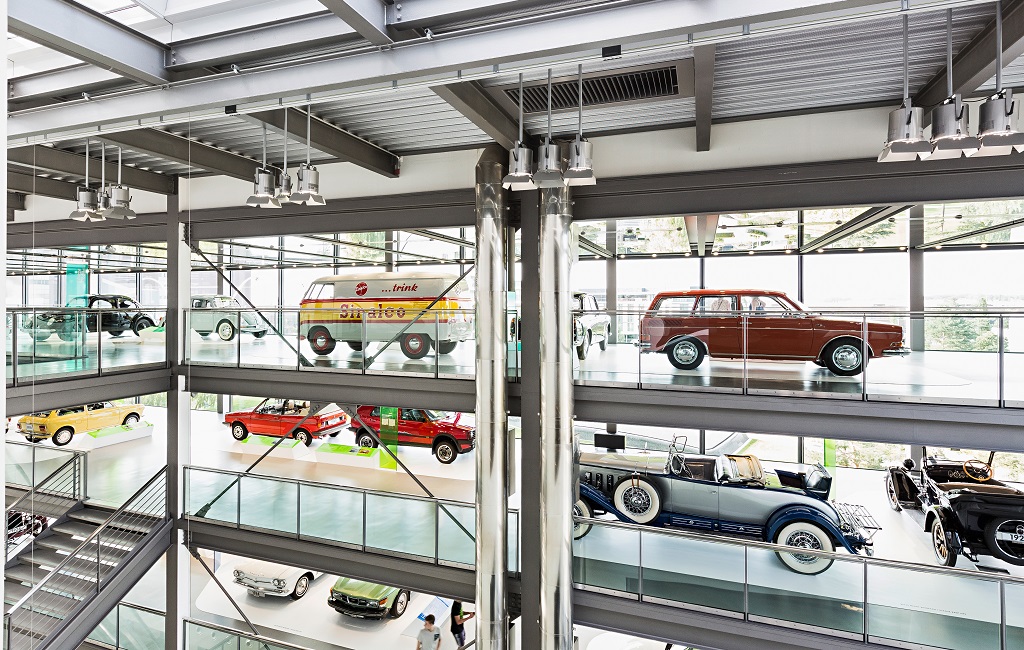
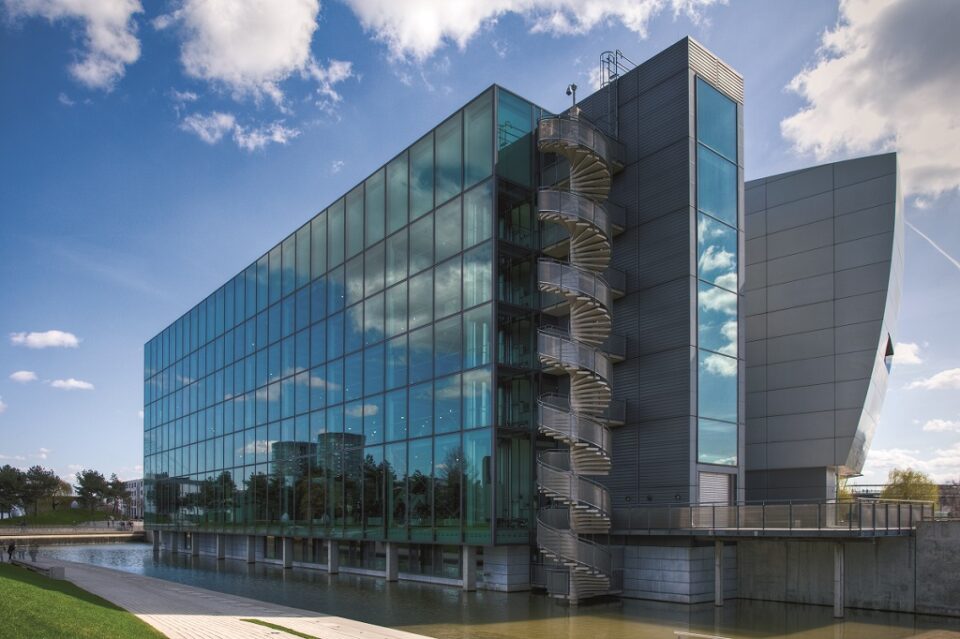
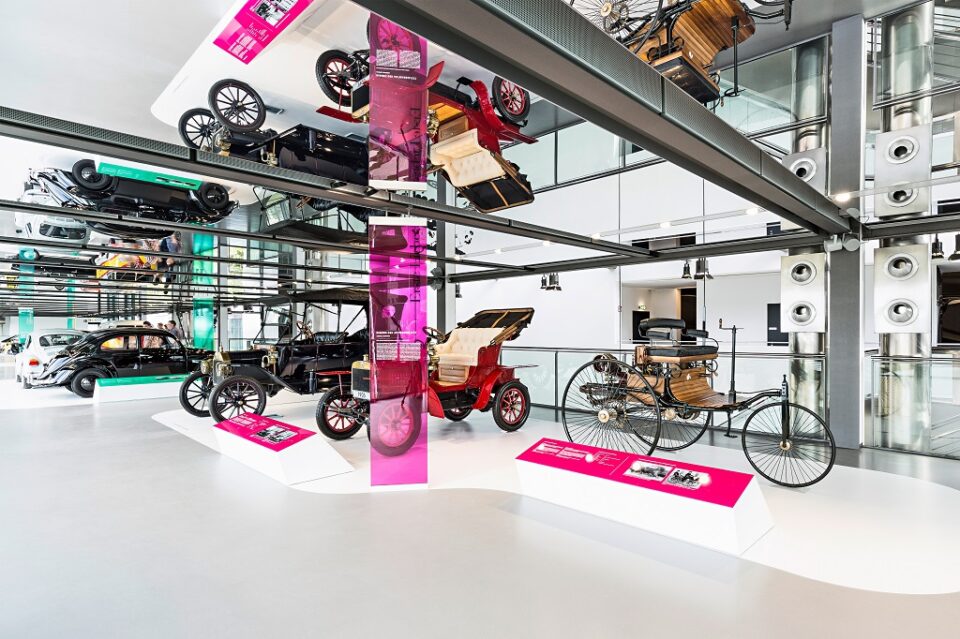
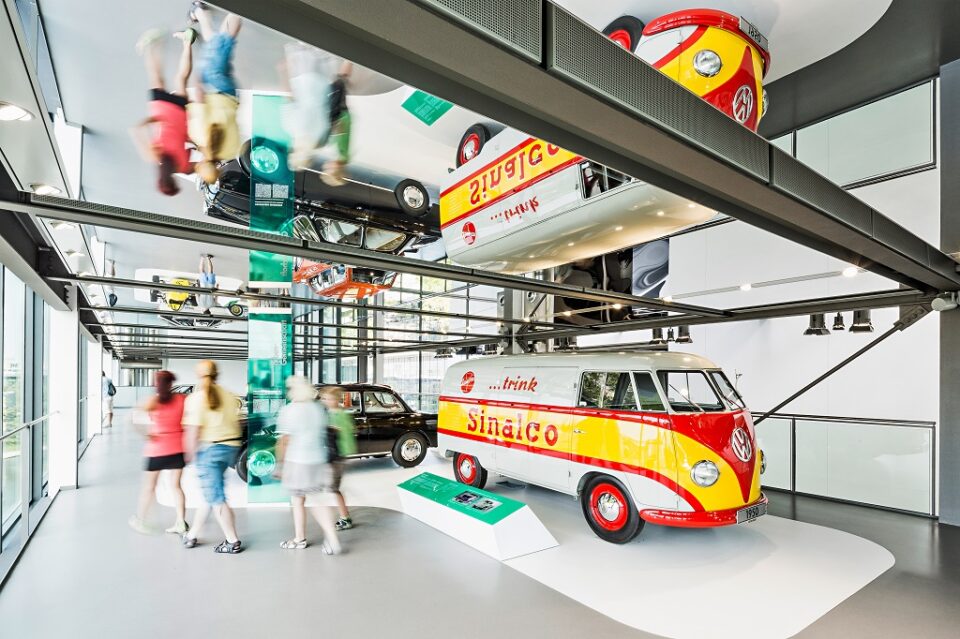
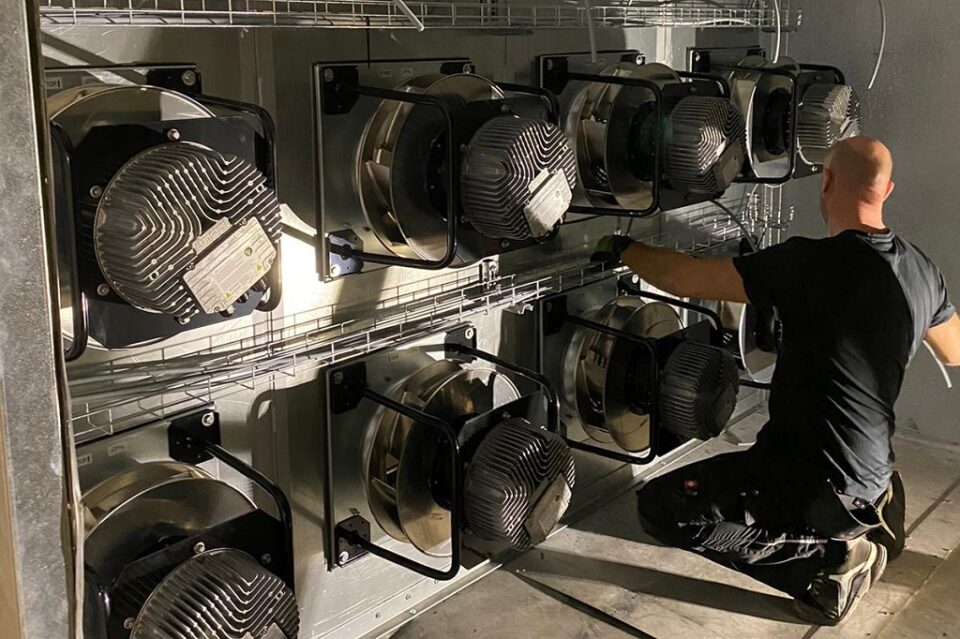


Leave a comment